
Lorsque l'on visite Rome pour la première fois, comment peut-on éviter le Colisée ou la Place et la Basilique Saint-Pierre ? Ces deux lieux valent vraiment le voyage. Mais après, on dénombre tellement de sites et de monuments hors normes, que tout classement ou sélection devient rapidement assez subjectif. Voici donc une liste à prendre plutôt comme suggestion et à agrémenter de votre propre sauce











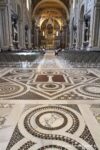
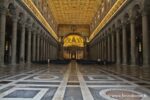
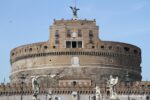
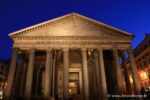
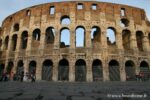
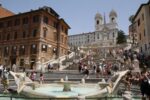

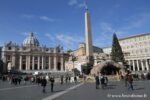
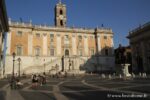
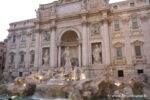
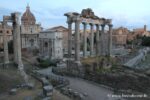

Recents comments